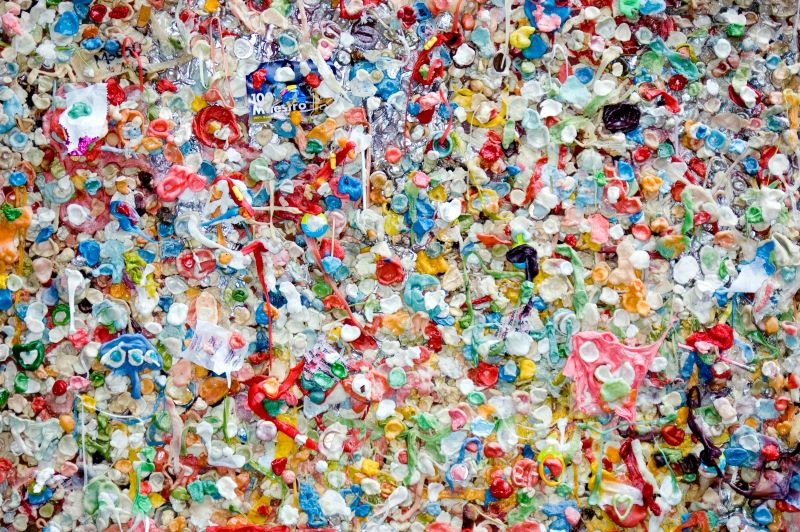 Microplastics
Microplastics
Microplastics are invading human brain, new study finds
Plastic pollution is causing environmental contamination and is now damaging human health with scientists detecting microplastics in various organs.
A growing body of scientific evidence shows that microplastics are accumulating in critical human organs, including the brain, leading researchers to call for more urgent actions to rein in plastic pollution, reported The Guardian.
Studies also found the presence of tiny shards and specks of plastics in human lungs, placentas, reproductive organs, livers, kidneys, knee and elbow joints, blood vessels and bone marrow.
Given the research findings, “it is now imperative to declare a global emergency” to deal with plastic pollution, Sedat Gündoğdu, who studies microplastics at Cukurova University in Turkey, told the newspaper.
The effect of microplastics on the human body is still not clear.
Recent studies are just beginning to suggest they could increase the risk of various conditions such as oxidative stress, which can lead to cell damage and inflammation, as well as cardiovascular disease, The Guardian reported.
The researchers found that 24 of the brain samples, which were collected in early 2024, measured on average about 0.5% plastic by weight.
“It’s pretty alarming,” Campen was quoted as saying by The Guardian. “There’s much more plastic in our brains than I ever would have imagined or been comfortable with.”
Earlier another study had said microplastics and nanoplastics have found their way into human testicles with scientists believing it might be the leading cause of declining sperm count in men.
University of New Mexico researchers have detected significant concentrations of microplastics in the testicular tissue of both humans and dogs, adding to growing concern about their possible effect on human reproductive health, reported UNM Health Sciences website.
In a new paper published in the journal Toxicological Sciences, a team led by Xiaozhong “John” Yu, MD, PhD, MPH, a professor in the UNM College of Nursing, reported finding 12 types of microplastics in 47 canine and 23 human testes.
“Our study revealed the presence of microplastics in all human and canine testes,” Yu told UNM Health Sceinces website.
The team was also able to quantify the amount of microplastics in the tissue samples using a novel analytical method that revealed correlations between certain types of plastic and reduced sperm count in the canine samples.
Support Our Journalism
We cannot do without you.. your contribution supports unbiased journalism
IBNS is not driven by any ism- not wokeism, not racism, not skewed secularism, not hyper right-wing or left liberal ideals, nor by any hardline religious beliefs or hyper nationalism. We want to serve you good old objective news, as they are. We do not judge or preach. We let people decide for themselves. We only try to present factual and well-sourced news.







